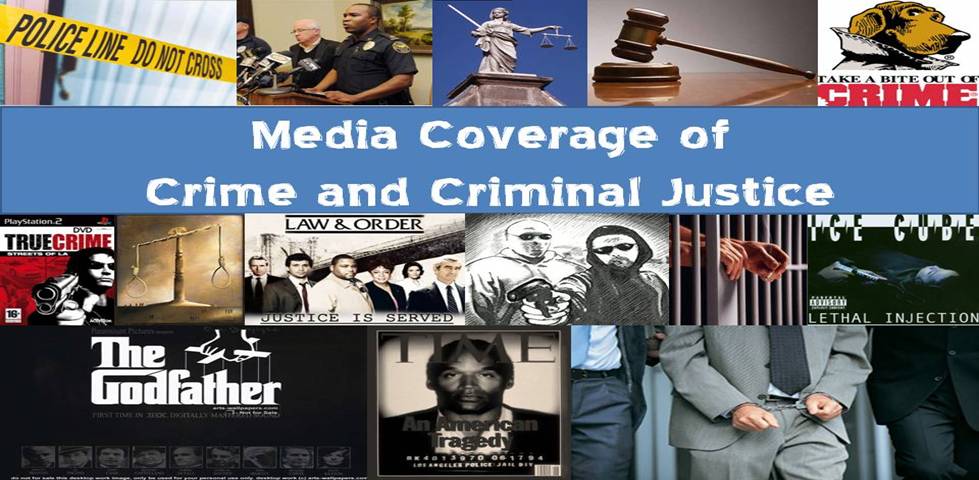This headline in the online version of the campus paper today:
2010 Statistics Show Increase in Campus Crime
Along with this image.
But what do these data really show?
Two separate things:
1) The purple and blue bars show crimes known to the police.
2) The green and orange bars show arrests.
Neither of these is a valid indicator of actual crime.
For example, police may find out about more crime but this does not mean crime is actually up. Perhaps it means police are doing a better job discovering it, or that students are more likely to report it. The point is that it is NOT appropriate to draw conclusions about crime trends from these data, yet this kind of story appears in the paper every single year.
(And never mind the fact that even these data do not show that crimes known to the police are up -- theft is up, but fraud is down, so it's a wash. That means even the headline is inaccurate. And the headline in the print version of the paper is "Lots of Larceny," which is at least factually true).
As for the arrest data, these show that arrests for alcohol and illicit drugs are actually down since last year.
Yet, these data also tell us little about actual drug use on campus. The vast majority of drug use is unknown to police and there is a wide divergence in these data every year because in some years there are more complaints than others and in some years police simply discover more violations than in others.
If only someone was teaching about how the media cover crime and criminal justice, maybe we would not have to be confronted with these stories every year. Or maybe if someone wrote a book about it?!?!?!
http://www.theappalachianonline.com/campus/7004-2010-statistics-show-increase-in-campus-crime


The drastic drop in substance related offenses like alcohol and drugs is surprising. I expect the problem of Alcohol to be a constant. Drug issues and concern will fluctuate with the changing student body but up here in the mountains I doubt people are using or abusing less. The increase in larceny and fraud is probably do to the police focusing on it. We believe there is a theft problem and so they work hard to correct it, so we see it increase on the graph. I think the decrease in alcohol and drug arrests is because police are spending less time on it at focusing more towards larceny. the increasing population on campus will make it more common i feel, especially with the open construction sites and a fairly open and trusting campus. people need locks on their lockers in the gym and lock their doors. I really doubt underage drinking is decreasing.
ReplyDeleteThis is very similar to the high country press story on meth. Data showed there to that meth crime was high but it could very well be that the police are cracking down and that citizens are calling in more complaints. Either way, the media enjoys covering crime related material, and tries to inform the people. Although small, this can turn into a "mini" moral panic for our area. i.e. students wanting to come to app but their parents won't let them because crime in a certain area is too high.
ReplyDeleteI feel like every year I hear more and more stories about car break ins, and thefts from the dorms and gyms around campus. Therefore, it doesn't surprise me much that the campus police are stepping up their game when it comes to cracking down on theft. They are probably just devoting more man hours to investigating said thefts and staking out known trouble spots for car break ins (Greenwood, State Farm). As far as underage drinking and illicit drug use goes, any numbers the ASU police department release concerning arrests are completely useless as they don't provide an accurate representation of how many people are actually engaging in the activities. As you said, the vast majority of this activity is unknown to police because it goes on behind closed doors. However, as long as the campus police continue to release annual crime statistic numbers, we will continue to see inaccurate reports concerning them.
ReplyDeleteThere is not much you can do to change who takes your class until this class becomes a class that is required for journalists they have no reason to take it, because just like everyone else in the university system they are just taking the classes they need to get out of here as fast as possible. Taking classes of interest just for the fun of it is a thing of the past. Especially now that they have changed the system to where it makes it vurtaually impossble to graduate on time with all the credits that are required for your actual degree without the pressure of taking just things that interset you. Which I believe is a fault in the system because college is about experiences and figuring out all of interests you may have so one day when you have your degree and career you will not regret your choices.
ReplyDeleteThe media covers crime because it gets people's attention. Many times, news media puts out information on crime trends over the years and inadvertently, the public accepts those figures because they are not familiar with criminal activities themselves. However the chart in the article does not actually indicate that there has been any increase in crime. If the main headline of the paper reads, "Lots of Larceny," that is a factual claim. However to say there has been a increase in crime would be an interpretive claim. Just because the amount of larcenies reported has increased, it does not mean that crime has. Based on the chart while larcenies increased, fraud, drug arrest and alcohol arrest have decreased so it appears crime has actually declined. The media can sometimes be misleading.
ReplyDelete